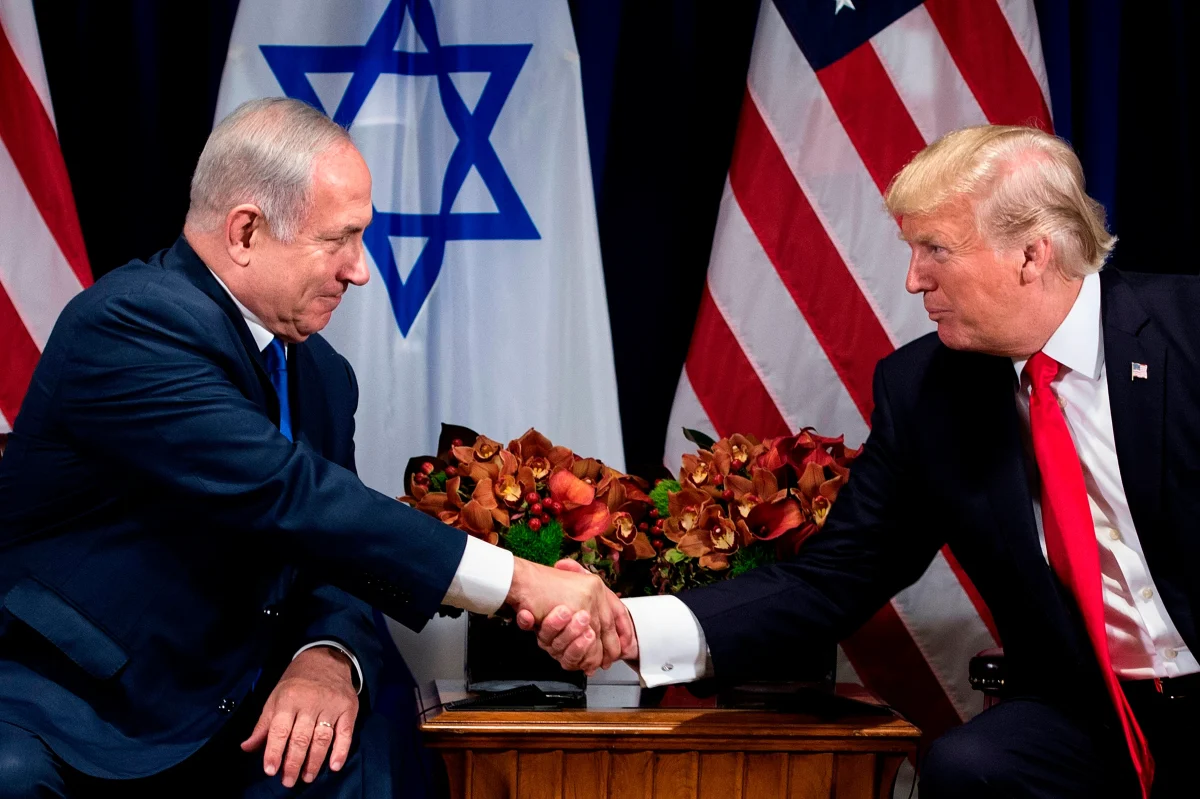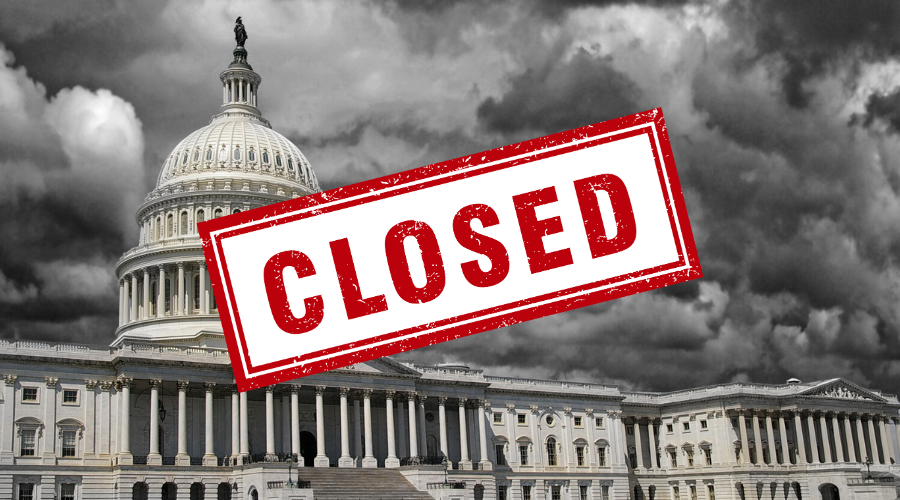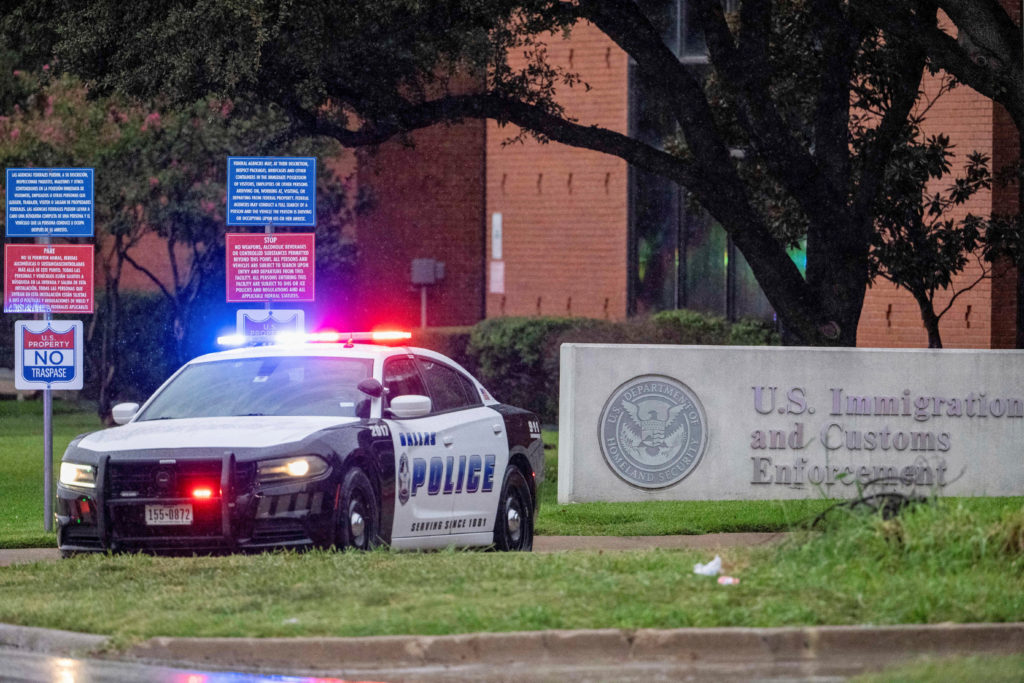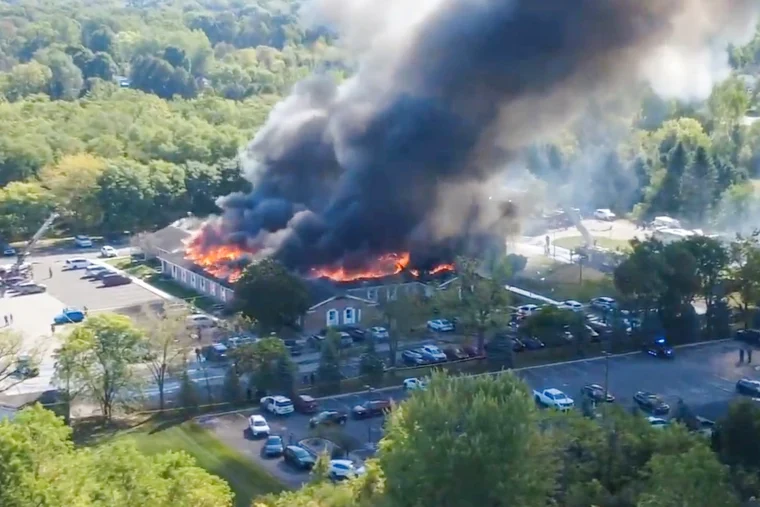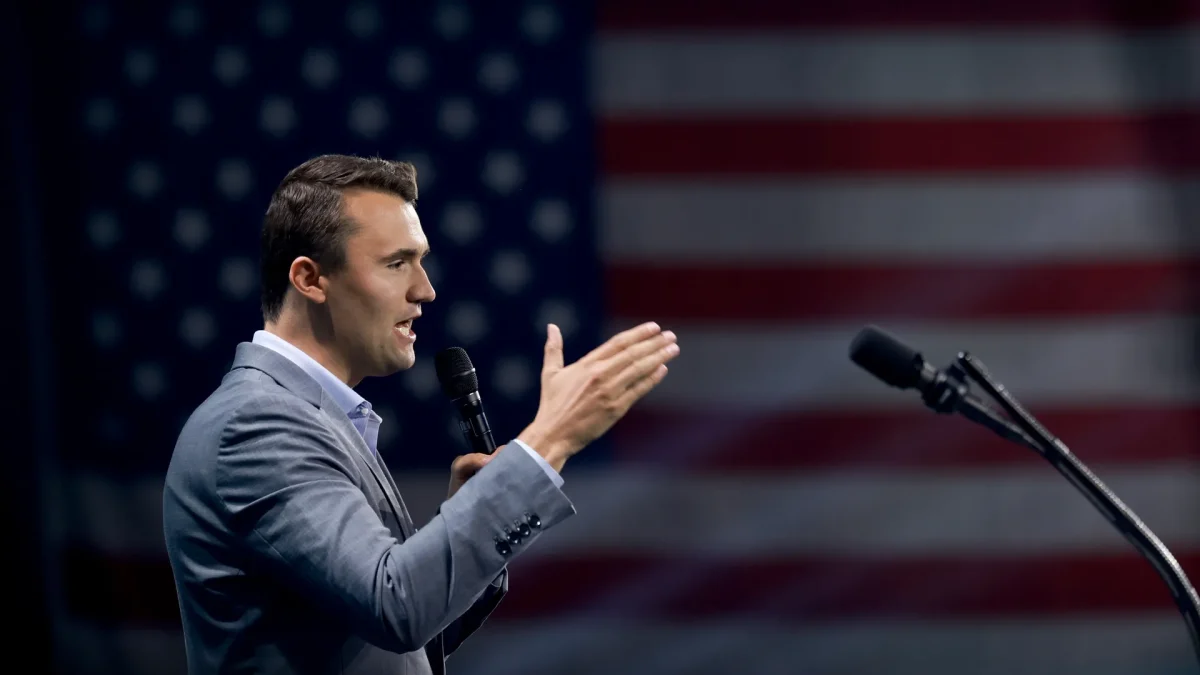After more than two years of relentless conflict, the guns over Gaza have largely fallen silent. A historic ceasefire—negotiated and announced by U.S. President Donald Trump—has paused the fighting between Israel and Hamas and brought home the final living Israeli hostages, marking one of the most powerful diplomatic breakthroughs in the region in decades.
On October 9, Israel and Hamas agreed to the first phase of Trump’s plan: a ceasefire, the release of living hostages, and a major prisoner exchange. President Trump said, “This means that ALL of the Hostages will be released very soon, and Israel will withdraw their Troops to an agreed-upon line as the first steps toward a Strong, Durable, and Everlasting Peace.”
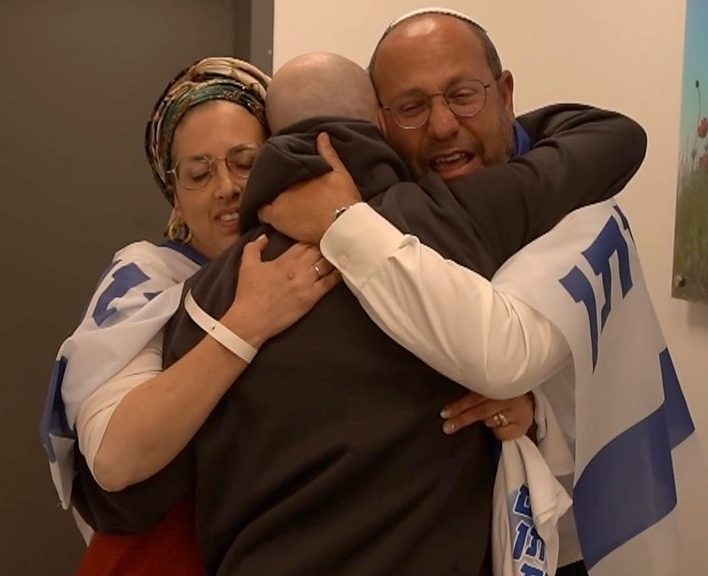
The deal, informally known as the Trump Gaza Peace Plan, was reached after months of behind-the-scenes diplomacy involving the United States, Egypt, Qatar, and Turkey. President Trump, who had been in direct contact with Israeli and regional leaders since early summer, framed the agreement as “a triumph of strength and faith over endless war.”
According to U.S. and regional officials, the plan established a full ceasefire, a phased Israeli withdrawal from parts of Gaza, and a major exchange—the release of roughly 2,000 Palestinian prisoners in return for 20 living Israeli hostages held by Hamas. The International Committee of the Red Cross supervised the transfer, completed on October 13, 2025.
In Israel, families of freed captives gathered in Tel Aviv to reunite with loved ones after nearly 700 days apart. Scenes of relief and celebration swept across Israel as crowds gathered in Tel Aviv and Jerusalem, waving flags and singing as buses carrying the freed hostages arrived.
“We waited 700 days for this moment,” said one Israeli mother to Channel 12 News. “We’re grateful to everyone who never gave up on them.”
The ceasefire has also opened long-blocked humanitarian routes. For the first time in months, aid convoys began moving freely into Gaza, bringing food, medical supplies, and fuel to hospitals and refugee centers. U.N. Secretary-General António Guterres hailed the truce as “a turning point for peace,” saying the Peace Deal was a “fragile hope after months of destruction.” Egypt and Qatar—key mediators—called it “proof that diplomacy still works.”
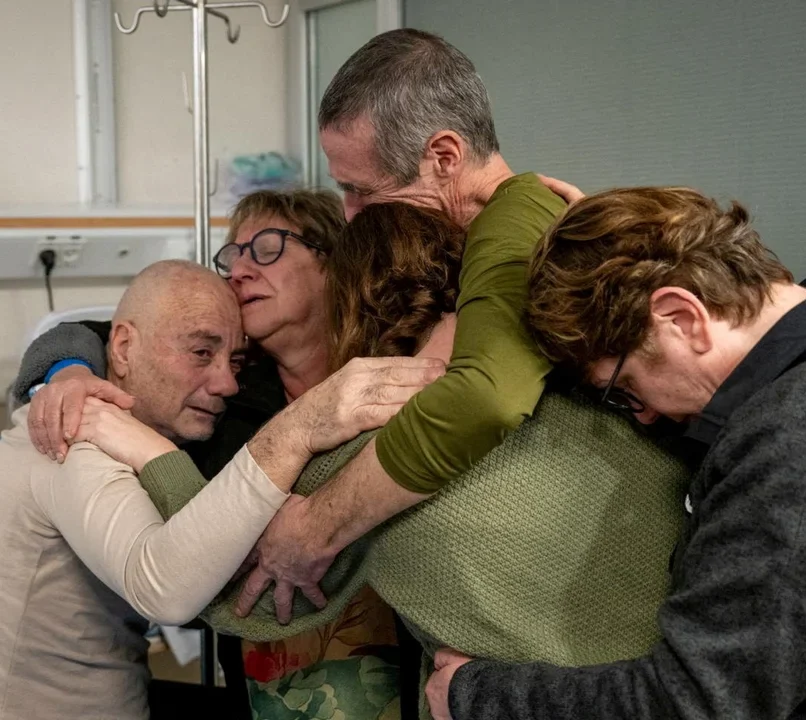
In Washington, President Trump described the end of major hostilities as “the start of a new era for Israel, Palestine, and the entire Middle East.” He added that the United States would coordinate with allies to oversee Gaza’s reconstruction and ensure the truce holds.
Despite the breakthrough, challenges remain. Israeli and Hamas representatives have yet to agree on Gaza’s long-term governance, and the return of deceased hostages continues. Sporadic clashes have been reported in northern Gaza, underscoring the fragility of the truce. Most recently, Israel and Hamas have engaged yet again, but the truce remains intact.
Despite these uncertainties, both Israelis and Palestinians have begun to imagine life beyond constant warfare. For the first time in years, Gazans heard the sound of prayer calls and children playing instead of explosions.
For now, peace—however fragile—has a chance to take root.
“For the first time in a long time,” one resident told Al Jazeera, the Qatar-based global news network, “it feels like we can breathe again.”

